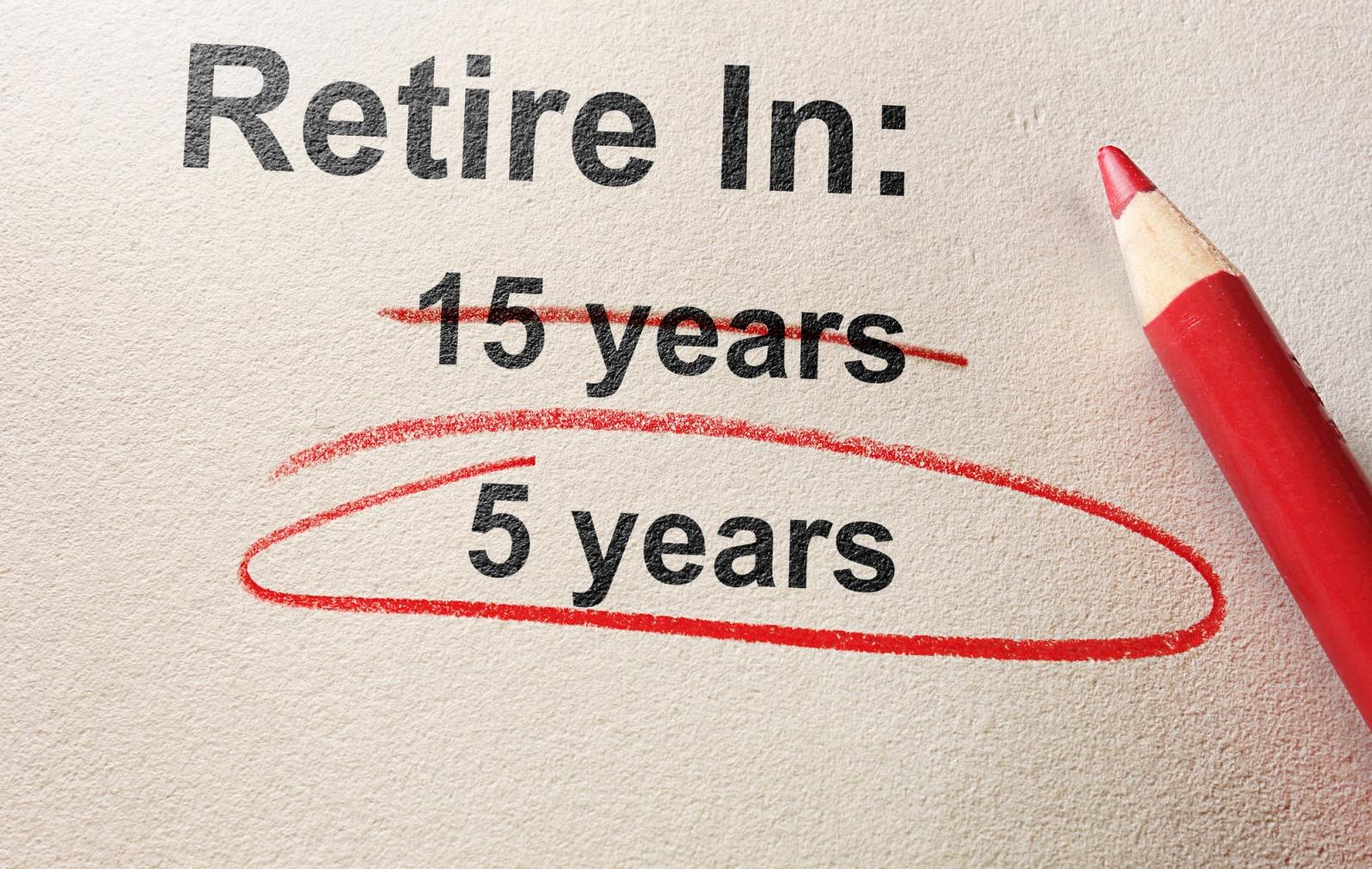Retiring is one of the most important junctures of your life. In the U.S alone, 16.8% of the population are aged 65+ years in 2021.
While the popular narrative about retirement planning tends to be about saving enough money for a comfortable life, there are a few common mistakes people make when planning for retirement.
You need to sit down and exhaust details about your existing financial situation, the current level of income, and future needs. Thereafter, you can make accurate assumptions.
In this article, we discuss 7 mistakes in retirement planning and what you can do to avoid them.
1. Not Defining Your Retirement Goals
Without a clear idea of what you want to accomplish in retirement, it’s difficult to create a plan that will help you achieve those goals. Without a goal, you may find yourself retiring without having accomplished anything that you really wanted to do.
Additionally, your retirement goals can help keep you motivated to save money and stay on track with your retirement planning. So take some time to think about what you want to do in retirement. Make sure to include those goals in your plan.
2. Lack of Diversification
When you plan for retirement, it is crucial to diversify your investments. This means having a mix of stocks, bonds, and cash. It is important to have a diversified portfolio because it will help reduce the risk of losing money.
A portfolio that isn’t diversified is like a ship sailing in stormy waters with only one lifeboat. It’s essential to have a varied investment portfolio to protect yourself from financial ruin if one sector of the market collapses. Here’s a guide on how to diversify your investments.
Diversification is a risk management technique that involves investing in a variety of assets in order to reduce the overall risk of your portfolio.
Figure out what assets you should include in your portfolio. You’ll want to diversify across asset classes, which include stocks, bonds, and cash. Within each asset class, you’ll also want to diversify further by investing in a variety of companies and industries.
Once you’ve decided what assets to include in your portfolio, you’ll need to determine how much to invest in each one. This will depend on your overall investment goals and risk tolerance.
Finally, monitor your portfolio regularly to make sure it remains diversified. This means rebalancing your investments from time to time to ensure that you’re still taking on an appropriate amount of risk.
3. Not Having a Cash Cushion
One of the biggest mistakes people can make when retirement planning is not having a cash cushion. Whether it’s for unanticipated expenses, a drop in income, or simply peace of mind, having a cash cushion is crucial.
Without it, retirees are much more likely to have to dip into their retirement savings early, which can put a major dent in their plans. Not to mention, it can be extremely stressful to have to worry about money when you’re supposed to be enjoying your retirement.
4. Relying on Social Security
While Social Security can be a helpful supplement to your retirement income, it shouldn’t be your only source of income. Social Security benefits are based on your work history and earnings, and they’re subject to change over time. So, if you’re counting on it to cover all of your retirement expenses, you could be in for a nasty surprise down the road.
There are also a number of other factors, such as your earnings history and whether you have any other sources of income, that can affect your benefits.
5. Not Saving Enough
Often, people will put aside just enough to get by, assuming that their other sources of income will cover the rest. However, this is rarely the case. Inflation and unexpected expenses can quickly eat away at any retirement savings plan, leaving retirees struggling to make ends meet.
To avoid this, it is important to make sure that you have a comprehensive retirement plan that includes saving as much as possible. Even if it seems like you will never need the money, it is better to be safe than sorry. After all, retirement should be a time to relax and enjoy life, not worry about money.
6. Forgetting to Plan for Taxes
Taxes are often one of the last things people think about when retirement planning. Many are surprised to find out that their hard-earned savings are subject to income taxes. This can take a big bite out of their nest egg.
There are a few different ways to avoid this mistake. First, you need to make sure that you know what your tax situation is going to be in retirement. Second, you need to make sure that you have enough money saved up to cover your taxes.
Lastly, you need to make sure that you are not taking too much money out of your retirement account each year. If you are not careful, you could end up owing the government a lot of money in taxes. Work with a financial advisor to come up with a plan that minimizes your tax liability.
7. Not Purchasing Long-Term Care Insurance
Although you may be healthy now and envision a retirement spent enjoying your hobbies and traveling, the reality is that many seniors require some type of long-term care like a community for seniors as they age. This care is expensive, and Medicare does not cover it.
Without long-term care insurance, you could quickly deplete your savings paying for care. This would not only be a financial setback, but it could also force you to make changes to your retirement plans.
So, before you retire, be sure to do your research on long-term care insurance. It may be one of the best decisions you make for your retirement.
Avoiding the Mistakes in Retirement Planning
One of the biggest mistakes in retirement planning is not having a plan at all. Retirement planning is not something to be put off until later in life. The earlier you start, the better chance you have of achieving your retirement goals.
Create a retirement plan as soon as possible and be sure to include various sources of income, such as savings, investments, and Social Security. Review your plan regularly to make sure it’s on track and adjust as needed.
If you enjoyed this article and would like to know more then please check out the rest of our website. We have a range of articles and blog posts that are as informative as they are interesting.











